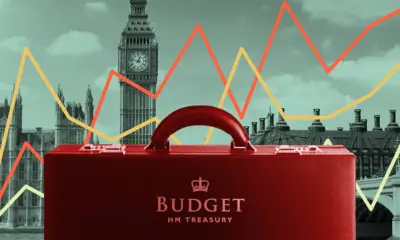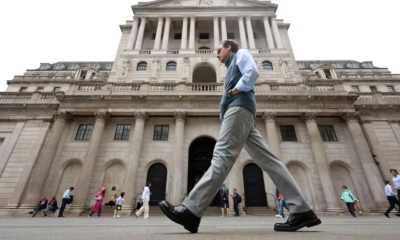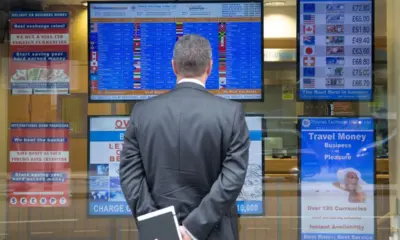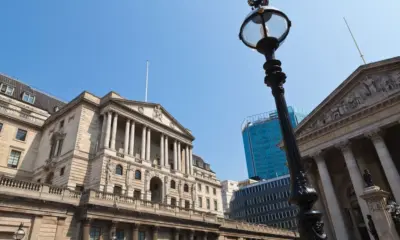Business
Sterling Inches Up Against Dollar After Strong Economic Data
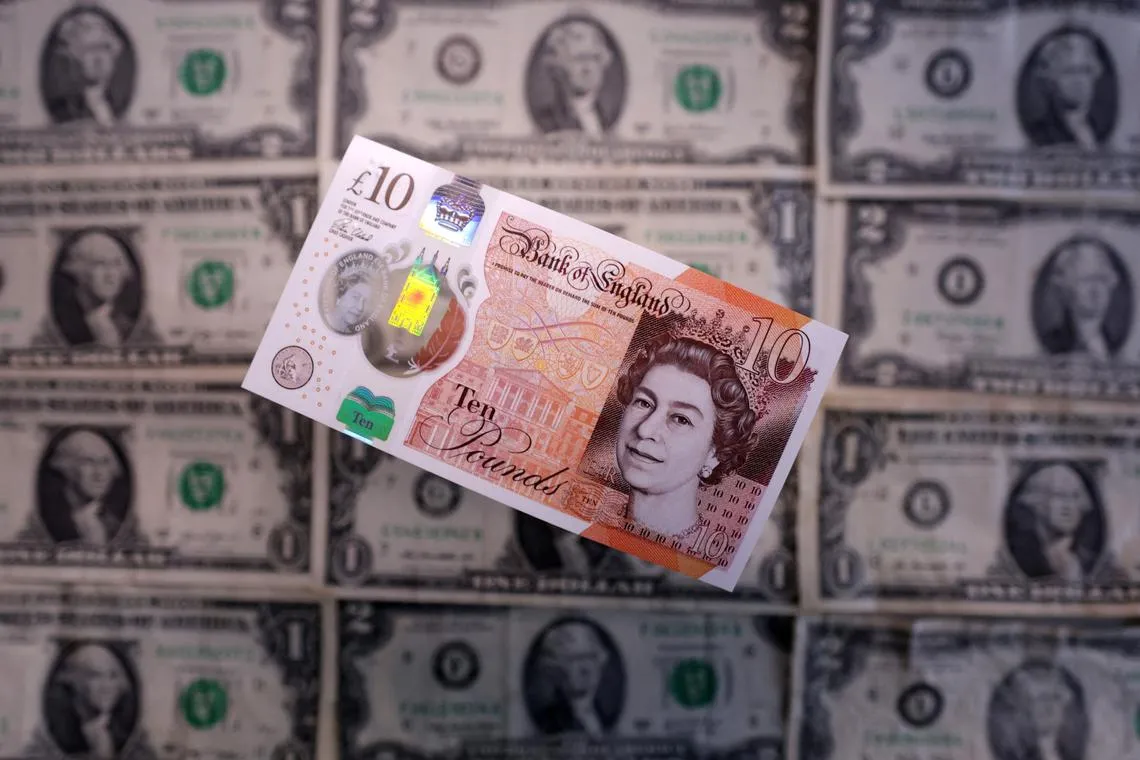
Introduction
The British pound strengthened modestly against the US dollar after the release of stronger-than-expected UK economic data, signaling renewed optimism about the country’s growth prospects. The currency rose to $1.29, its highest level in two months, as traders reacted to upbeat manufacturing and services figures that suggested resilience in the British economy. Analysts said the latest numbers could ease recession fears and reinforce expectations that the Bank of England will maintain its current monetary stance for longer than previously anticipated.
While the gains were modest, they marked an important psychological shift in sentiment toward the pound. For months, investors have viewed the currency as vulnerable to global market volatility and persistent domestic inflation. The latest data provided reassurance that the UK economy remains more stable than forecast, giving sterling a short-term boost against major peers.
Economic Data Surprises to the Upside
The Office for National Statistics reported that GDP grew by 0.3 percent in the last quarter, beating consensus forecasts of 0.1 percent. Growth was driven by gains in manufacturing output, professional services, and construction. Retail activity also improved slightly as consumer confidence stabilized after months of decline.
Meanwhile, the Purchasing Managers’ Index for both manufacturing and services remained above 50, indicating expansion. Export orders increased for the second straight month, suggesting that trade activity is beginning to recover. Inflation remains above the Bank of England’s 2 percent target, but the pace of price increases has slowed, helping to restore some purchasing power to households.
Economists said the combination of steady growth and easing inflation gives policymakers more flexibility. The data also contrasts with recent weakness in other major economies, including parts of the eurozone, where activity continues to contract.
Market Reaction and Trading Sentiment
Currency traders reacted swiftly to the stronger figures. Sterling rose nearly 0.5 percent during early London trading before stabilizing later in the day. The pound’s gains were most pronounced against the dollar but were also reflected in movements against the euro and yen.
Dealers said the rise was supported by increased inflows from institutional investors, who are shifting portfolios back into sterling-denominated assets. The uptick in government bond yields also made UK securities more attractive, especially as investors look for alternatives to US Treasuries amid uncertainty over future Federal Reserve policy.
Market analysts cautioned, however, that the gains could prove temporary if global conditions weaken. The dollar remains supported by its safe-haven status, and any renewed geopolitical tensions or disappointing global data could reverse the recent move in sterling. Still, the latest rally highlights growing confidence in the UK’s short-term outlook.
Monetary Policy Implications
The Bank of England’s policy trajectory remains central to currency performance. Following several months of aggressive tightening, the central bank has kept interest rates steady at 5.25 percent. While some policymakers have suggested that the next move could be downward, the latest economic data may delay any cuts until mid-2025.
Market pricing now indicates that investors expect the first rate reduction later than previously thought. Analysts argue that the Bank will likely wait for clearer evidence that inflation is firmly on track to return to target before easing policy. The resilience in GDP and labor market indicators reduces pressure for immediate action.
Higher interest rates continue to support the pound by attracting yield-seeking investors. However, the Bank faces a delicate balance: maintaining rates too high for too long could slow growth, while cutting prematurely risks reigniting inflation. The next policy meeting will therefore be closely watched for any shift in tone from Governor Andrew Bailey and other Monetary Policy Committee members.
Comparative Performance Against the Dollar
The dollar’s relative weakness also contributed to sterling’s rise. Recent US data showing slower job growth and softer manufacturing activity led traders to scale back expectations of further Federal Reserve tightening. This narrowed the interest rate differential between the US and the UK, making sterling more appealing.
Foreign exchange strategists said the pound’s movement was part of a broader rotation away from the dollar as investors reassess global risk. The US currency, which had surged during periods of market stress, is now consolidating as other economies show signs of recovery.
Nonetheless, analysts warned that sterling’s outlook remains dependent on sustained domestic strength. The currency has historically struggled to maintain rallies without a consistent improvement in productivity and business investment. A stronger pound could also weigh on exporters, limiting potential gains.
Investor and Business Response
Investors view the latest data as a sign that the UK economy is stabilizing after two years of volatility. Fund managers report renewed interest in UK equities and fixed-income assets, citing improved fundamentals and attractive valuations.
Businesses, however, remain cautious. Manufacturers continue to face high input costs and logistical challenges, while service providers are concerned about wage pressures. Exporters welcome the improved sentiment but worry that a stronger pound could reduce competitiveness in overseas markets.
Corporate treasurers are using the current rally to hedge future exposures, locking in favorable exchange rates ahead of potential fluctuations. Financial institutions expect trading volumes in sterling pairs to remain high in the short term as investors respond to shifting macroeconomic signals.
Global Context and Economic Outlook
Globally, the interplay between monetary policy, inflation, and growth continues to drive currency movements. The UK’s latest performance stands out compared with several major economies facing contractionary pressures. Continued stability in domestic consumption and services could support further appreciation if global risk appetite improves.
Economists caution, however, that headwinds remain. Slower global trade, elevated energy prices, and geopolitical uncertainty could still weigh on the pound later this year. Sustained growth will depend on productivity improvements, business investment, and fiscal discipline.
Long-term projections suggest that sterling could remain in a narrow range between $1.26 and $1.30 in the coming months, fluctuating with market sentiment and data releases. For investors, this environment favors tactical positioning rather than large directional bets.
Conclusion
The recent rise in sterling against the dollar reflects cautious optimism about the UK economy’s resilience. Stronger GDP and manufacturing data have reassured markets that growth is holding up despite lingering inflation and high borrowing costs.
For the Bank of England, the challenge now lies in maintaining stability while ensuring that inflation continues to moderate. A steady currency supports confidence but also requires careful management to avoid excessive tightening or capital flight.
For investors and businesses, the latest rally provides short-term relief and signals renewed global interest in UK assets. Whether the momentum continues will depend on the next round of data and policy signals. For now, sterling’s modest advance underscores the importance of economic fundamentals in shaping confidence in Britain’s post-pandemic recovery.

